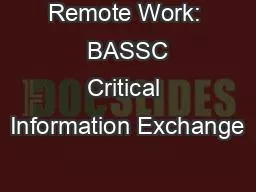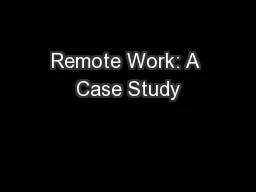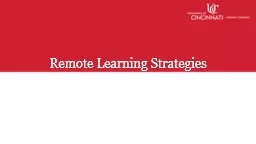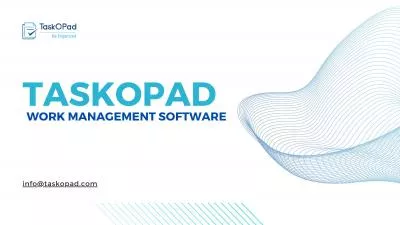PPT-Remote Work: BASSC Critical Information Exchange
Author : wellific | Published Date : 2020-11-06
Sarah Carnochan PhD BASSC Director scarnochanberkeleyedu Madeline Noya PhD Aldea Analytics madelinealdeaanalyticscom July 10 2020 To cite Carnochan S amp Noya
Presentation Embed Code
Download Presentation
Download Presentation The PPT/PDF document "Remote Work: BASSC Critical Information..." is the property of its rightful owner. Permission is granted to download and print the materials on this website for personal, non-commercial use only, and to display it on your personal computer provided you do not modify the materials and that you retain all copyright notices contained in the materials. By downloading content from our website, you accept the terms of this agreement.
Remote Work: BASSC Critical Information Exchange: Transcript
Download Rules Of Document
"Remote Work: BASSC Critical Information Exchange"The content belongs to its owner. You may download and print it for personal use, without modification, and keep all copyright notices. By downloading, you agree to these terms.
Related Documents














